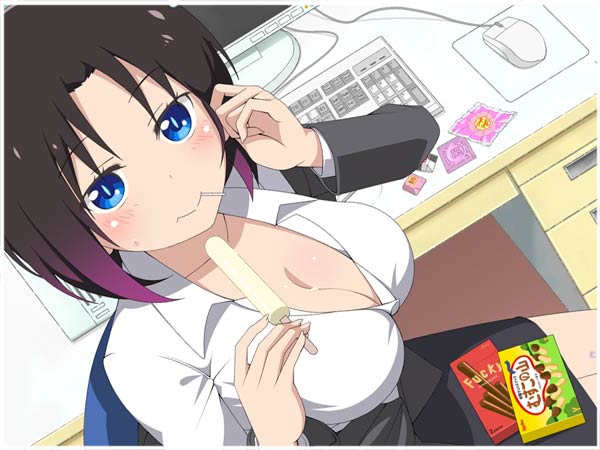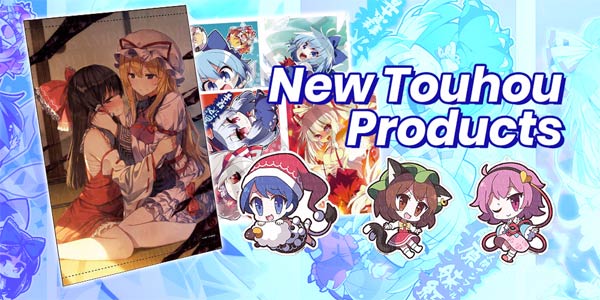Fun With Japanese Abbreviated Words! How Many Do You Know?

The Japanese language uses a syllable-based system in which you can pronounce the sounds ka, ki, ku, ke and ko, for example, but never a “k” sound by itself. This makes some words long and unwieldy to use, and is responsible for the thicker accents Japanse might have when speaking foreign languages. The Japanese have developed a tradition of abbreviating many words either using shortened kana pairings or English letters to make their lives simple. Let’s take a look at some interesting ones…
- When a new concept or technology enters Japanese life, it long and unwieldy name will be trimmed down to make it easier to use. Examples are pasokon, rimokon and famires for personal computer, remote control and family restaurant.
- This four-character abbreviation is a hallmark of the anime industry, too, as long titles like Ore No Nounai Sentakushi Ga Gakuen Love Come O Zenryoku De Jama Shiteiru and Kono Subarashii Sekai ni Shukufuku o! become NouCome and Konosuba! Looking back, I’m pretty sure this trend started in 1998, with Kareshi Kanojo no Jijou, aka KareKano. Pretty much every anime title will get shortened by fans, for example Steins;Gate becomes ShitaGeh.
- English abbreviations are rampant in anime fandom, with terms like OP, ED, CV, LN, VN, OVA, and OST thrown around. If you’re an anime fan, you probably know that these mean opening song, ending song, character voice, light novel, visual novel, original video animation (animation that was never broadcast on TV being sold to fans on DVD), and original soundtrack.
- CM (“commercial message”) is what TV commercials are called in Japan.
- One of the most commonly used Japanese abbreviated words is OL, short for office lady, which refers to a uniformed female office worker in a Japanese company. The term was voted on by readers of Josei Jishin magazines in the 1950s, who wanted a replacement for the then-common term BG (“business girl”).
- Back in the day, the British term “old boys” denoted someone who went to the alma mater as you. This term lives on in Japan as OB (for males) and OG (for females).
- The Japanese imported much of their transportation technology from the UK, which is they drive on the left today. It’s also why the now-archaic term W.C. (“water closet”) is still used in Japanese train stations. Also, road-related words are commonly abbreviated, e.g. IC, JTC, PA (for interchange, junction and highway parking area/rest stop).
- Once my wife admonished me to consider the “TPO” of a given situation. When I stared at her blankly, she explained that TPO meant “time, place, occasion.” The word is an example of wasei-eigo or made-in-Japan English.
- “Social media” in Japanese is called SNS, aka “Social Network Systems.”
- The Japanese use the abbreviation “IT” the same as we do. But 99% of people think it means “Internet Technology.”
- Are you an awkward person who doesn’t read social situations? Then you’re KY, short for kuuki yomenai (literally “cannot read the air”). Join the club!
So, how many Japanese abbreviated words did you know before reading this?
Want to learn Japanese? J-List just happens to have dozens of books, flashcards, and other study tools to help you do it! Browse them all here.
J-List is an official Touhou shop, approved by Zun and his company Shanghai Alice to sell awesome Touhou Project goods, like figures, keychains, “clear files” (plastic document protectors) and more. There was a huge event in Tokyo, and we’ve stocked up on these products for you to browse and buy. See them all here.















